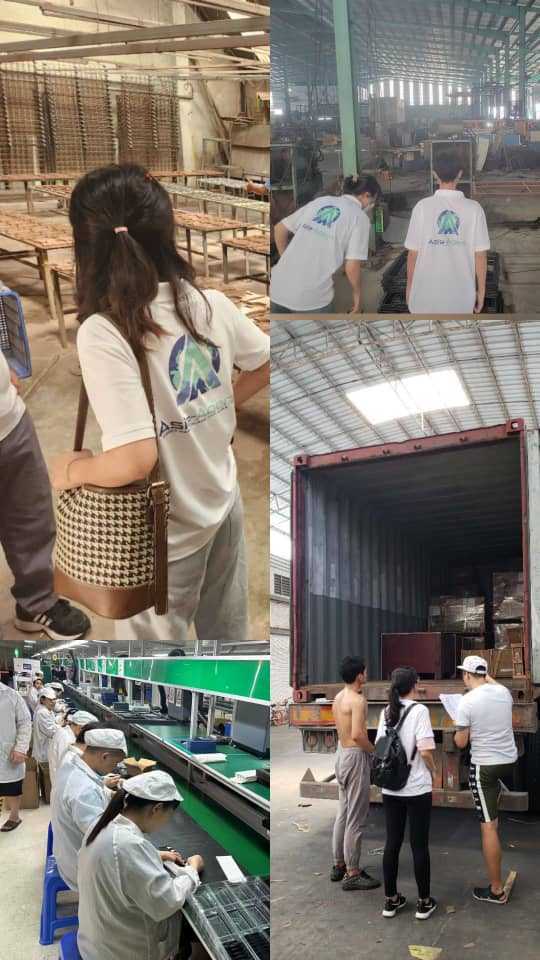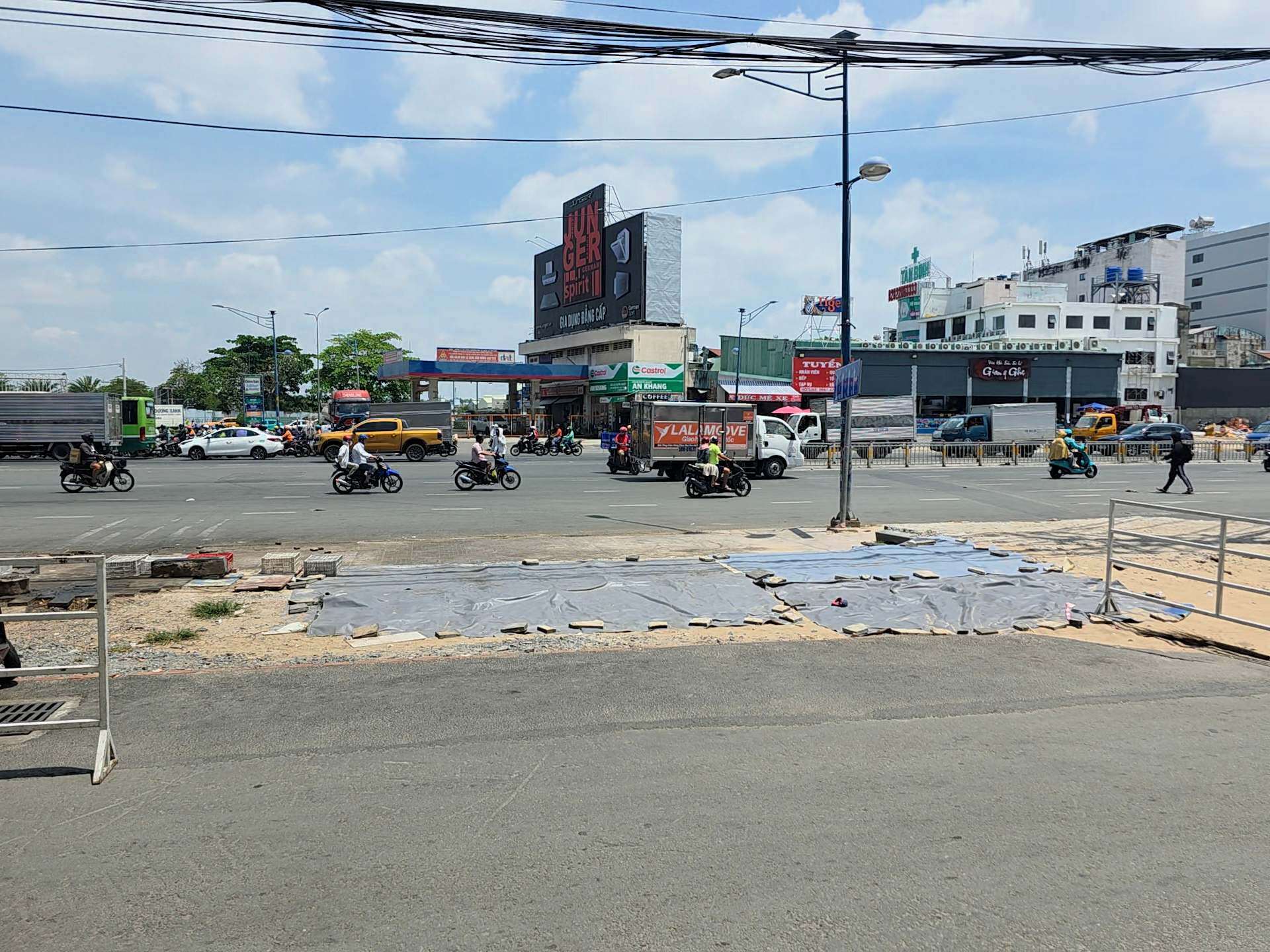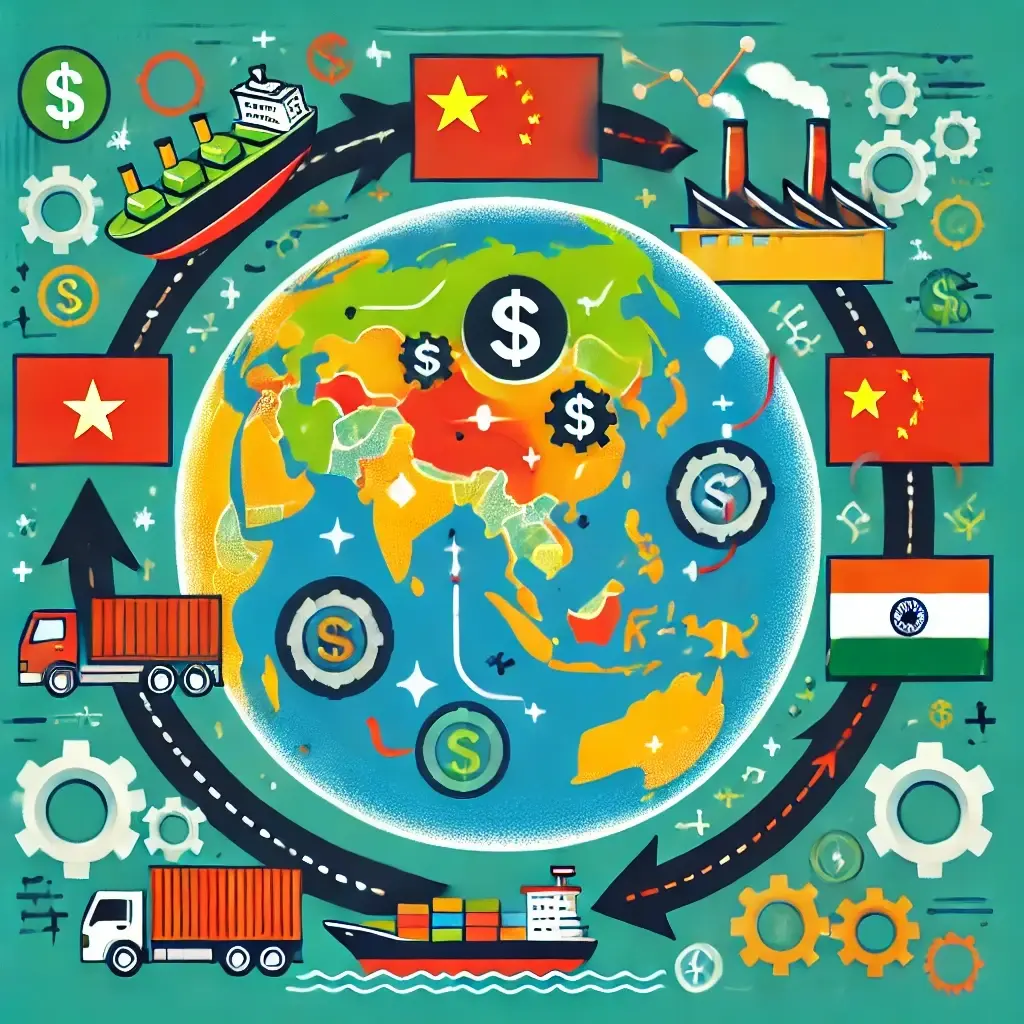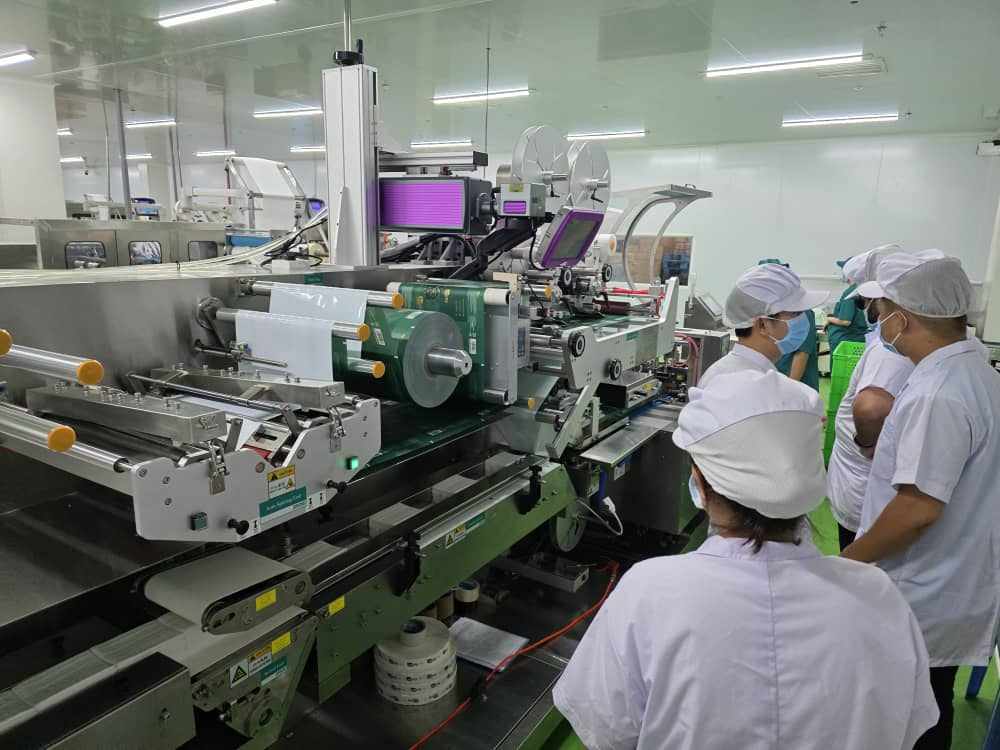You Think You’re Diversifying—But You’re Just Adding Risk
Every brand today is talking about diversification.
“Get out of China.”
“Move to Vietnam.”
“Try India.”
“Tap into Bangladesh.”
The logic is sound. The urgency is real.
But here’s the truth that most companies learn the hard way:
Diversifying without structure isn’t a strategy—it’s chaos with a new flag.
At Asia Agent, we’ve seen too many brands attempt a fast exit from China or a quick rollout into other Asian hubs, only to burn time, money, and trust in the process.
If you’re not planning your diversification with the same rigor you’d apply to a product launch or financial strategy, you’re not de-risking—you’re just shifting the risk around.
Let’s walk through what most companies get wrong—and how to do it right.
The 4 Most Common Diversification Mistakes
❌ 1. “We’ve Got a New Factory in Vietnam”
Maybe it was a referral, a cold LinkedIn message, or a contact from a trade show.
The sample looks decent. The price is 15% below what you pay in China. You’re feeling optimistic.
But here’s what you don’t know:
- You’re not talking to the real factory.
- The factory shown in the PDF may not be the one producing your goods.
- Your order might already be subcontracted to someone cheaper.
- There's no contract, no oversight, and no local presence to enforce anything.
Now consider this:
If finding a real factory in China is hard—even after decades of infrastructure and sourcing networks—finding a real factory in Vietnam, India, or Indonesia is 10x harder.
Many of these countries don’t have transparent factory listings, and most high-quality suppliers don’t reply to random emails. They don’t need to.
So who do you end up talking to?
A commission agent.
A trading company.
A guy with a business card and a Gmail address.
This is how you end up overpaying for worse quality and zero leverage.
❌ 2. “We Use One Agent for Each Country”
It starts with good intentions. You want to spread the risk.
So you hire a sourcing agent in Vietnam, a freelance QC in India, and maybe a part-time contact in Bangladesh to check on things.
Now you’re managing:
- 5 WhatsApp groups
- 4 Google Sheets
- 3 project timelines
- 2 compliance headaches
- 0 alignment
What you’ve created isn’t a supply chain—it’s a freelancer network with no ownership.
If something goes wrong, who’s accountable?
Nobody. Everyone’s just doing their part.
True diversification requires centralized control with localized execution—not scattered support.
❌ 3. “We’re Keeping China for Now, But Just Exploring Elsewhere”
This is the most common—and dangerous—half-measure we see.
A client decides to test the waters in a new hub without first:
- Visiting the factory
- Running Due Diligence
- Auditing their BOM
- Aligning compliance requirements
- Planning logistics routes
- Securing legal protections
- Building operational redundancy
The result?
An order gets delayed in India.
Packaging rules differ in Vietnam.
Shipping from Indonesia costs more than expected.
It’s not long before teams say, “This isn’t working,” and either pull the plug—or worse, double down and hope it improves.
This isn’t diversification. It’s a blind experiment with your margins and timelines at stake.
❌ 4. “We Left China—But Now We Can’t Get In Anywhere Else”
This is the one nobody talks about. And it’s the one that hurts the most.
You exit China.
You expect to land in Vietnam, India, or Indonesia with better pricing and more control.
But what you find is:
- No one responds to your inquiries.
- Good factories are full and uninterested.
- Prices are actually higher for smaller orders.
- Most suppliers are middlemen—some better than others, most invisible.
The Middleman Syndrome is not just a China problem—it’s worse in countries with less mature manufacturing ecosystems.
And without a local team to verify, negotiate, and manage on-site, you’re stuck—paying more for less, hoping it improves.
Many of our clients come to us after they’ve already tried this—and burned months (and cash) trying to “get out” without a real plan.
So What Does Real Diversification Look Like?
It’s not about adding countries.
It’s about building a multi-hub supply chain system that is:
✅ Strategically mapped
✅ Centrally managed
✅ Locally enforced
✅ Contractually protected
✅ Quality controlled across regions
Here’s how Asia Agent helps clients achieve this:
✅ Step 1: Strategy Before Sourcing
We help you analyze your SKUs, BOMs, lead times, tariffs, and risk factors to determine:
- Which product lines to move
- Where to move them
- What structure and oversight is needed
- How to build a hub-based model that works long-term
This isn’t a sourcing hit job—it’s strategic planning.
✅ Step 2: One Team Across All Hubs
You don’t need five agents. You need one team with hands in every region.
We provide:
- Local PMs and QCs in Vietnam, India, Bangladesh, Indonesia, and China
- One shared platform (Asana)
- One weekly reporting rhythm
- Centralized leadership that knows your brand and priorities
✅ Step 3: Country-Specific Legal Protections
Each supplier signs:
- Localized NNN agreements
- OEM or production contracts
- Penalty clauses for delays and defects
- IP and tooling protections
We contract in their court, in their language—with teeth.
✅ Step 4: Unified Quality System
From materials to final QC, we standardize:
- BOMs
- Sampling
- Inspection protocols
- Reporting formats
- Packaging & labeling standards
That’s how you scale quality across borders.
✅ Step 5: Built-In Backup Plans
We help you:
- Vet multiple suppliers per product
- Set up backup production lanes
- Use bonded warehouses to protect against shipment delays
- Manage seasonal shifts in capacity across hubs
Final Thought: Diversification Isn’t an Escape Plan. It’s a System.
You’re not just moving factories—you’re building your future infrastructure.
And if you don’t build it with structure, contracts, and boots on the ground, you’re not diversifying.
You’re gambling.




